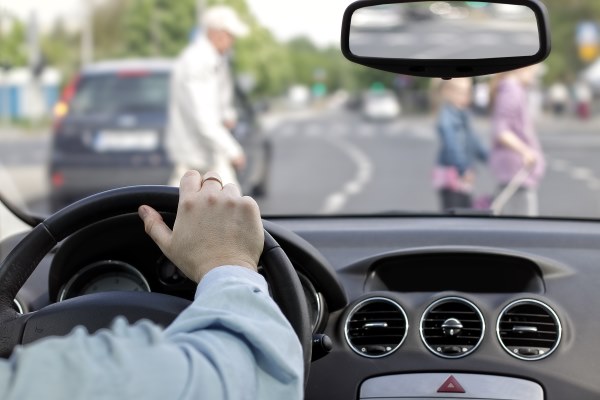Several European cities have introduced a general speed limit of 30 km/h in urban areas and the results so far show lower speed, compliance with the speed limit and fewer accidents.
This is summarized in a new TØI report that looks at experiences from six European cities, as well as Spain, which has recently introduced a general speed limit of 30 km/h. The discussion about lowering speed limits is also ongoing in Norwegian urban areas, and therefore useful knowledge.

Lower speed and fewer traffic accidents
The cities in the study have mainly chosen a general speed limit of 30 km/h for all streets and roads throughout the city or in large parts of the urban region, with the exception of some defined main roads. Cities have documented desired effects such as lower speed, high degree of compliance with speed limits, as well as significantly fewer traffic accidents, especially serious accidents and accidents involving pedestrians and cyclists. The cities that have measured or estimated the development in local pollution (Grenoble and Bilbao) and noise (Brussels) have found reductions.
All cities that have taken steps to ensure that speed limits are overheld, and several were in the process of stepping up their efforts. They have conducted information campaigns, intensified speed controls and taken organizational steps to ensure that speed limits are enforced. Spain has introduced a ban on devices that alert speed control.
A need for more research
Most cities implemented the changes fairly recently and just before or during the pandemic (most in 2020 and 2021). Consequently, there is no well-documented knowledge about results from all cities, and existing knowledge mainly concerns more immediate effects such as reduced speed, traffic accidents, noise, pollution, etc. The study is based on only a few cases, but which in return indicated good results. The surveys were also conducted relatively soon after introducing the intervention. Documentation from more cases is needed for the reseachers to be able to say something about whether similar results can be expected in other cities. On the other hand, the results coincided across cities that are different in several ways, so the study may be indeed useful for discussions on the introduction of a general speed limit of 30 km/h in Norwegian cities.
Decisions on the introduction of speed limits of 30 km/h can be taken at different levels, by national authorities defining speed limits in all cities, by political authorities in urban municipalities making the decision, or by authorities at different levels choosing to introduce this speed limit on the parts of the road and street network they administer in urban areas.
Read an English summary here: Innføring av 30 km/t som generell fartsgrense i europeiske byer (toi.no)
Text: Hanne Sparre-Enger, Communications manager, TØI






Follow us: